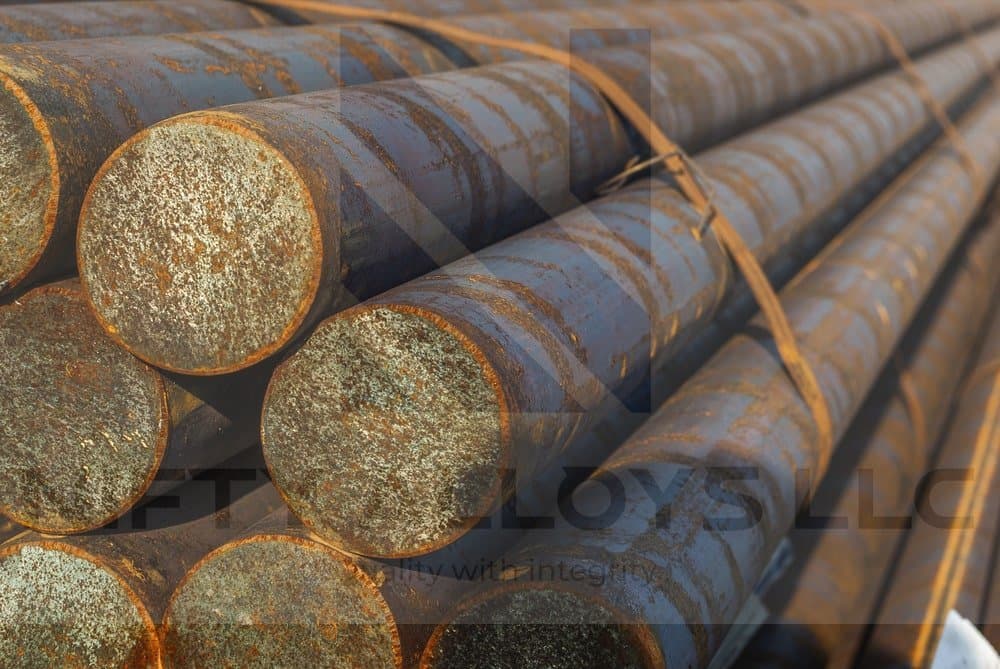
High-Quality Cast Iron Bar Supplier & Stockist in UAE – Nifty Alloys LLC
Cast iron bars deliver the strength, stability, and machinability that industrial manufacturers rely on. Their durability and vibration damping make them indispensable in machining, construction, and engineering.
At Nifty Alloys LLC, we supply premium cast iron bars in various grades, sizes, and shapes to meet the demands of modern industries. Based in Dubai, UAE, we serve clients across the Middle East, Europe, Asia, and Africa, providing reliable material sourcing with mill-certified quality.
What is Cast Iron bar
Cast iron is an alloy primarily made of iron, carbon, and silicon, known for its hardness, wear resistance, and excellent machinability. When cast into bars, it becomes a versatile raw material for machining, fabrication, and heavy engineering.
Two main types dominate industrial use: grey cast iron and ductile (nodular) cast iron.
- Grey cast iron bars offer excellent machinability and vibration damping, making them perfect for machine bases and housings.
- Ductile cast iron bars provide better toughness and elongation, ideal for high-stress mechanical parts.
At Nifty Alloys LLC, you can source both types in round, flat, square, and hollow forms to match your production needs.
Applications of Cast Iron Bars
Equivalent Standards of Cast Iron
Types of Cast Iron
Grey Iron
Spheroidal Graphite Iron
Cast Iron Castings
Mechanical and Chemical Properties
Available Sizes and Forms
Key Advantages of Cast Iron bar
Why Industries Choose Cast Iron Bars
Grades We Use

Elevate Your Projects with
with
 Our Superior Steels
Our Superior Steels


Nifty Alloys LLC is your trusted supplier and stockist of Cast Iron Bars in the UAE, delivering grey and ductile cast iron bars that meet global standards.Our products combine strength, durability, and machinability, making them ideal for engineering, manufacturing, and construction applications.We offer certified materials, custom sizes, and global export services to support your business with quality and reliability.
Contact Nifty Alloys LLC today for premium cast iron bars at competitive prices with fast delivery worldwide.









